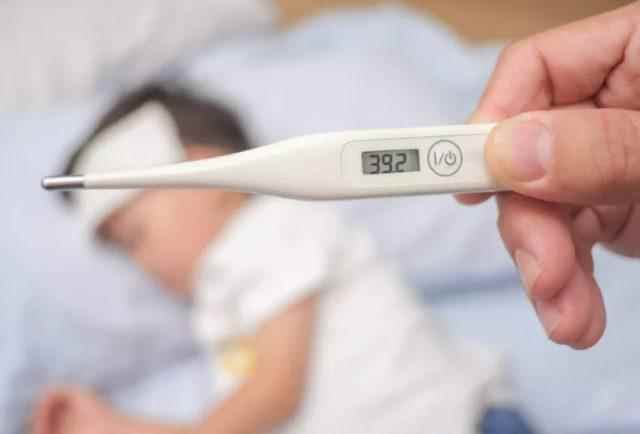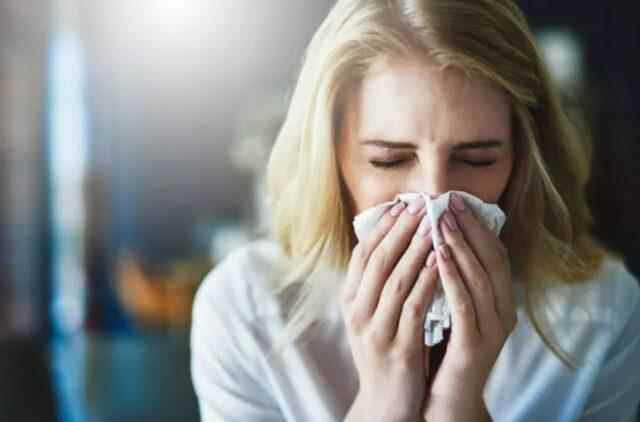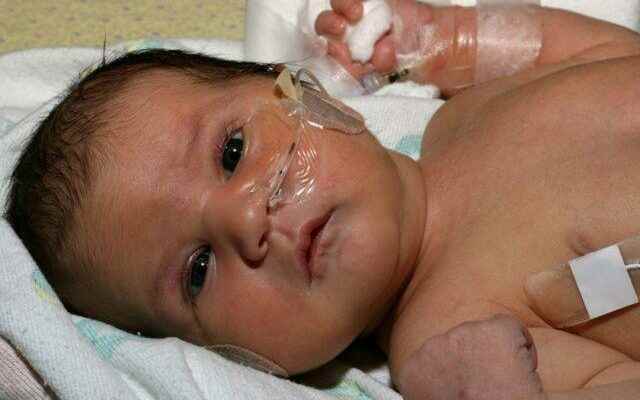The risk of disease transmission increases during the winter months. Citizens are looking for ways to protect themselves from the flu, colds, colds and various variants of Covid-19. The easily transmitted bacterium Haemophilus influenzae type b causes many different, serious and even fatal diseases. The effects of the hemophilus influenza epidemic are surprising the citizens.
WHAT IS THE HEMOFILUS INFLUENZA OUTDOOR?
Hib bacteria; It can cause meningitis (inflammation of the membrane surrounding the brain and spinal cord), blood poisoning (sepsis), pneumonia, arthritis, pericardium, inflammation of the skin and soft tissues under the skin, osteoarthritis, sinusitis, otitis (middle ear inflammation). Diseases caused by Hib bacteria are most common in infants and children younger than 5 years old. However, the risk of diseases caused by Hib bacteria is also increased in children and adults aged 5 years and older, in the presence of certain diseases or in the presence of treatments that weaken the immune system.
WHAT ARE THE SYMPTOMS OF HIB BACTERIA?

- High fever
- clouding of consciousness
- Headache or neck stiffness
- sensitivity to light
- Loss of appetite, decreased interest in the environment, absent-mindedness and vomiting (in infants).
HOW IS HIB BACTERIA TRANSMITTED?

It is spread by coughing and sneezing from people who have Hib bacteria in their nose and throat. It is transmitted by inhalation of the bacterium or by direct contact with respiratory secretions. The bacteria usually remain in the nose and throat without causing illness. Sometimes it can spread through the blood, causing serious infections.
WHY DO WE CAUSE A COLD?

Certain factors can increase an individual’s chance of catching a cold. First of all, children younger than 6 are at the highest risk of catching a cold, especially if they spend time in childcare centers. Individuals with a chronic illness or otherwise weakened immune systems have a higher risk of catching a cold. Both children and adults are more susceptible to colds in the fall and winter than in the seasons.
ATTENTION TO CROWDED ENVIRONMENTS
Individuals exposed to cigarette smoke are more likely to catch a cold and experience more severe cold symptoms after catching a cold. In addition, everyone is more likely to catch a cold in places such as shopping malls, religious buildings, schools or airplanes where large numbers of people gather in a small area.
